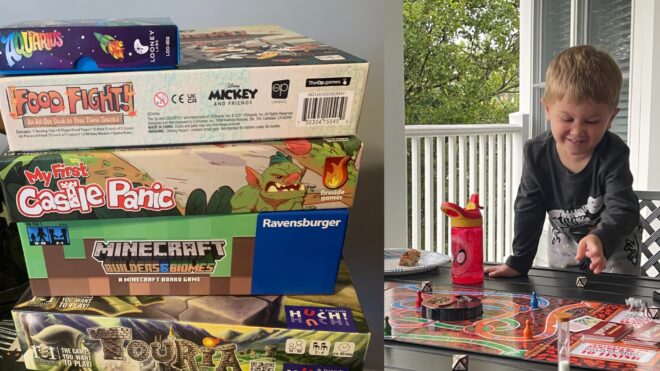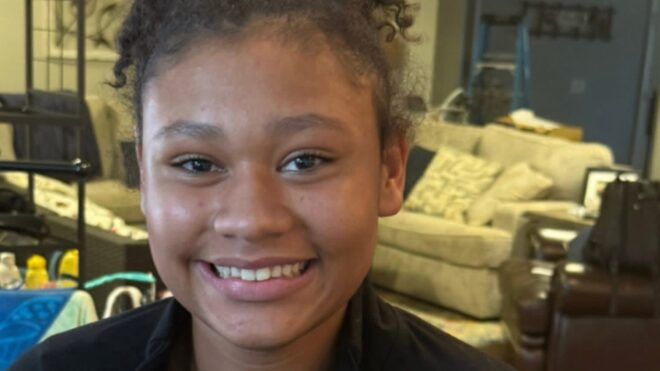
Ah, dirt. You hate what it means for the time you have to spend doing laundry, but your kid can’t resist touching it, jumping in it, feeling it. What gives?
When I think of kids playing in the dirt, I flash back to when we lived in the city and my older son was just a toddler. We went out for a typical urban brunch one Sunday with friends who had a child the same age. After the meal, as we walked home, the two kids managed to find a teeny patch of dirt around a tree planted between sidewalk pavers. It was the only “nature” for blocks, and the kids were drawn to it like magnets.
More from Cafemom: 11 Best Toys for Helping Imaginations Run Wild
“Kids seek out all kinds of textures as a way of learning more about them,” explains Ariel Kornblum, PsyD, a child psychologist and behavior therapist at Manhattan Psychology Group in New York City. “For most kids, playing with things like dirt is fun, and the texture feels good.”
Beyond simply appealing to their sense of touch, playing with dirt has a few pretty noteworthy benefits, including:
- Developing the immune system. Many experts believe playing in dirt — especially as a baby — helps protect a young child against autoimmune disorders, allergies, and asthma.
- Inspiring creativity and imagination. “Many children also use opportunities to play in the dirt to create more elaborate imaginative play schemes — like pretending they’re in a construction site — that incorporate positive social interactions,” says Kornblum. “Play is the foundation of all learning, and children tend to learn hands first.”
- Boosting mood. “Convening with the earth and others in play enhances cognition as well as happiness,” says Carrie Barron, MD, board-certified psychiatrist, psychoanalyst, and coauthor of The Creativity Cure: How to Build Happiness with Your Own Two Hands. “There is something about being messy at times that is useful for embracing imperfection or living with things not being totally in control.”
- Teaching cause and effect. “As adults, we know that adding water to dirt creates mud, but for toddlers, seeing and experiencing that connection makes all the difference,” says Kornblum. So forget that their jeans are getting dirty, and focus on the fact that they’re conducting a science experiment.
- Working on motor skills. “Whether children are forming, building, rolling, or filling up and dumping dirt out of their toys, they are working on grip and hand strength, which are prerequisite skills that lead to things like handwriting,” says Kornblum. They’re also squatting, bending, and lifting as they dig.
All the good that comes from playing in mud might explain why kids are naturally drawn to it, says Barron. “We have a biologic urge toward growth and health,” she explains.
So let’s take this as inspiration to stock up on some old ratty play clothes and stop freaking out about our kids getting dirty. Heck, we may even want to encourage it.
“One might make mud pies or castles, use mud as pretend mortar for house building, sculpt figures or use cookie cutters to make shapes or even sit in a mud sandbox or have a mud-sliding slip and slide,” says Barron. “We used to do that at my summer camp and there was something very fun and freeing about it.”







